All human brains are powerful, magnificent and unique. Neurodiversity is a term used to describe the way some of our unique brains work – thinking, learning and behaving differently to the way that society thinks is typical. These differences arise from differences in brain chemistry, thought processes and behaviour. One in twenty of us have a neurodivergent brain, processing the world around us in a different way.
Neuroimaging and brain scans have helped provide much information about the brain differences in people with developmental learning conditions, as from the outside, many of these differences are “invisible”. Dyslexia, dyscalculia, developmental coordination disorder (DCD), developmental language disorder (DLD) and Attention Deficit Hyperactivity Disorder (ADHD) all have overlapping issues with memory, organisation, planning, time management and problem-solving.
Some of the other conditions that fall under the neurodiverse umbrella are Autism Spectrum Disorder (ASD), Dyspraxia, Dysgraphia, Tourette’s Syndrome, Obsessive Compulsive Disorder (OCD), Oppositional Defiant Disorder (ODD), Sensory Processing Disorder, Auditory Processing Disorder, and Synaesthesia. This is not an exhaustive list, and is likely to change over time as more research discovers new insights into the human brain. There are many crossovers in neurodiversity. Some people have only one condition, while others can have many more than one e.g someone with ASD can also have ADHD.
The world for neurodiverse people can at times be overwhelming, as they are very sensitive to all of their senses. It is too loud, too fast, too bright, too harsh, too scratchy, too hot, or too cold and sometimes all of these and more, at once. Loud noises can be very distracting and affect the ability to concentrate. Receiving information from all of your senses at once can lead to sensory overload. Overwhelm and sensory overload can be displayed as irritability, difficulty focusing, an urge to escape and “meltdowns”. Observing a child having a tantrum in a supermarket might actually not be a tantrum, they could be having a meltdown due to being overstimulated by the bright lights and noisy, colourful environment.
With overwhelm often comes anxiety, depression, low self-esteem and problems regulating emotions. Because of the general lack of understanding of neurodiversity across society and also within health professions, many people are misdiagnosed with anxiety and/or depression. Neurodiverse people are often told that they and their behaviours and emotions are different, wrong, rude or stupid – all labels that are extremely damaging. “Masking” is a term that describes what some neurodivergent people do to make their differences less noticeable. People observe, learn, practice and perform behaviours that are like the neurotypical people around them, and they mask their identity.
Neurodiverse individuals are more susceptible to mental illnesses which can affect their relationships, schooling, work and physical health. They can struggle so hard to meet academic, social norms and expectations that these secondary mental health difficulties are a direct result of their struggles.
Traditionally there have been a lot of stereotypes, misconceptions and stigma surrounding neurodiversity, and although it is still widely misunderstood, slowly this is changing as more people are receiving a diagnosis. Many of the conditions considered as neurodiverse are listed in the Diagnostic and Statistical Manual of Mental Disorders (DSM). This is a textbook reference used by psychologists and psychiatrists around the world to diagnose mental health “disorders”. Hopefully in the future there will be another word for “disorder”, as the people with these conditions are not disordered. Something like “brain difference” may be more appropriate and accurate.
There is no one-size-fits-all solution to support neurodiversity, the support needs to be individualised to the specific needs of the person and how it can improve their daily life. Awareness and education are the first steps in overcoming the stigma of being neurodiverse. Change in attitudes begins with talking, and by doing this, building understanding and acceptance. Being neurodiverse is not by any means all bad. With it comes increased creativity, strong focus and attention to detail.
We can all help to break down the misconceptions around neurodiversity by raising awareness and supporting people who identify as, or have been diagnosed as neurodivergent. We need to work towards a culture that honours differences, fosters creativity, celebrates new ways of thinking and empowers individuals. A future which celebrates neurodiversity in all its amazing presentations would be very bright indeed.
This blog provides general information and discussion about medicine, health and related subjects. The information contained in the blog and in any linked materials, are not intended nor implied to be a substitute for professional medical advice.






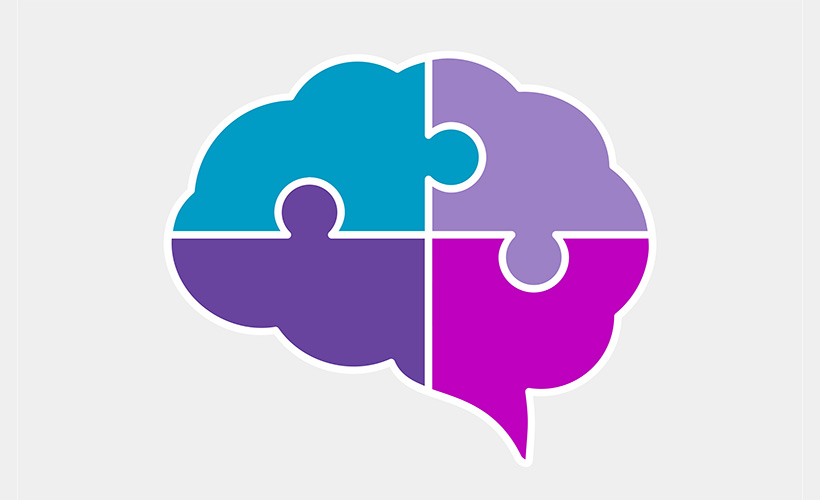

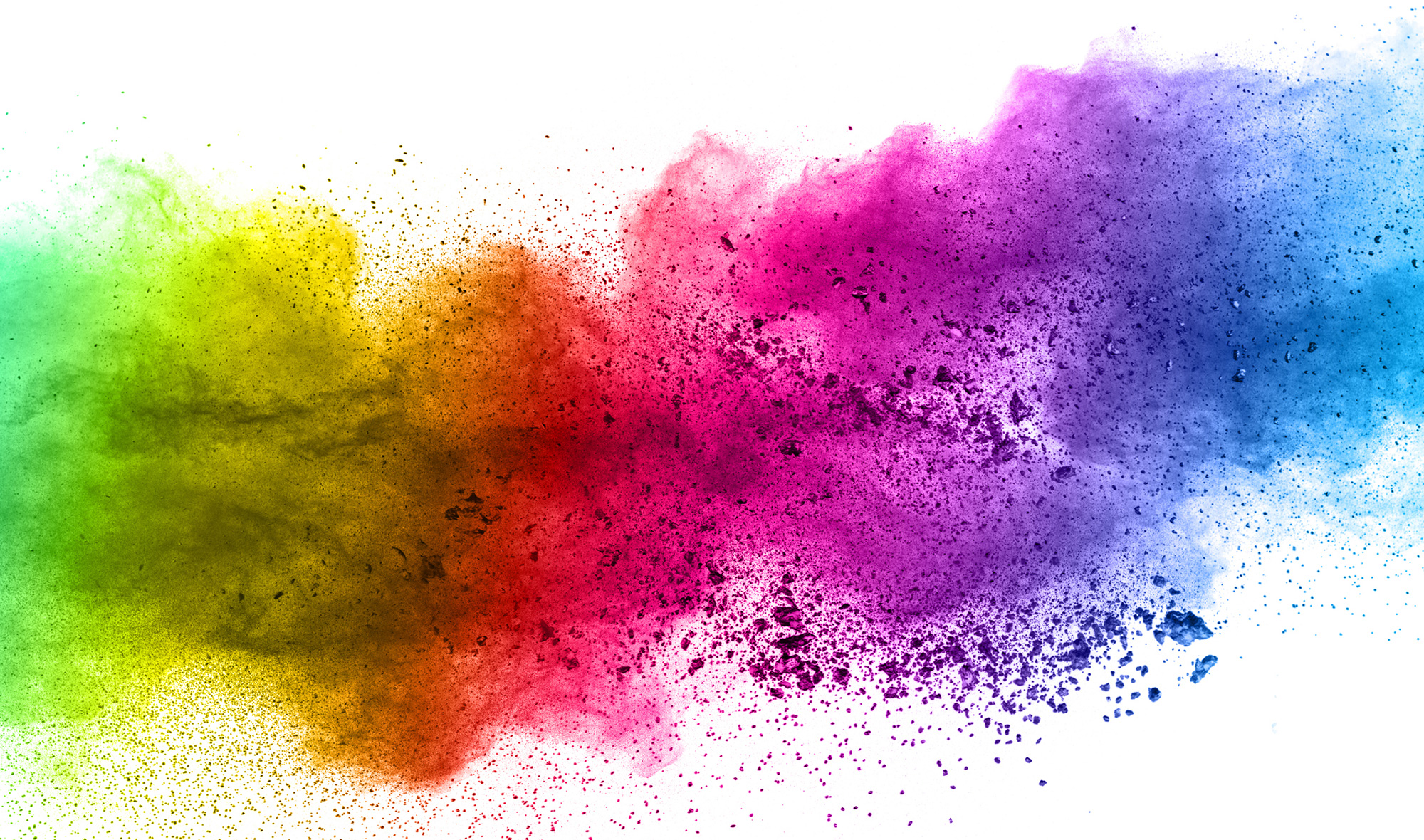
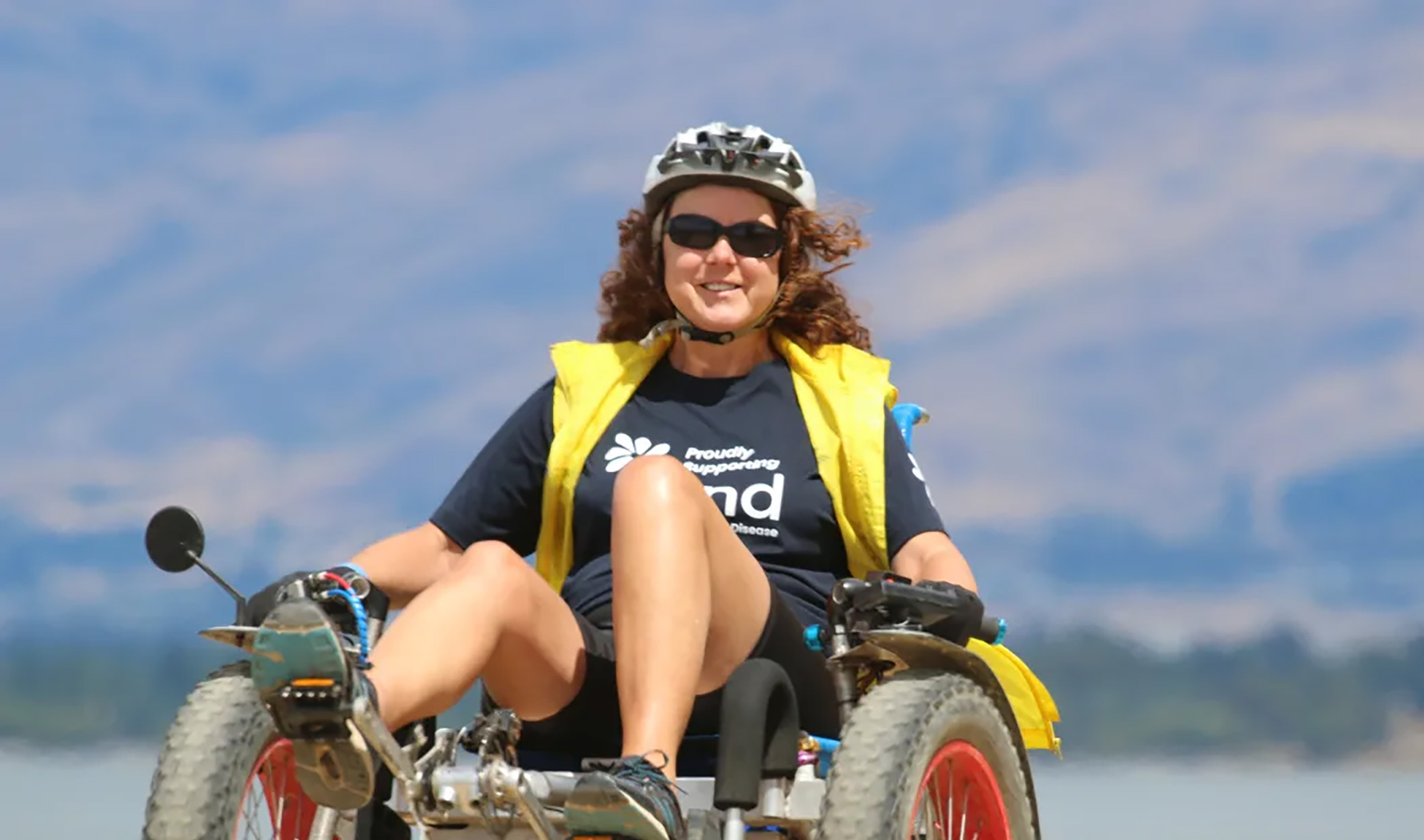


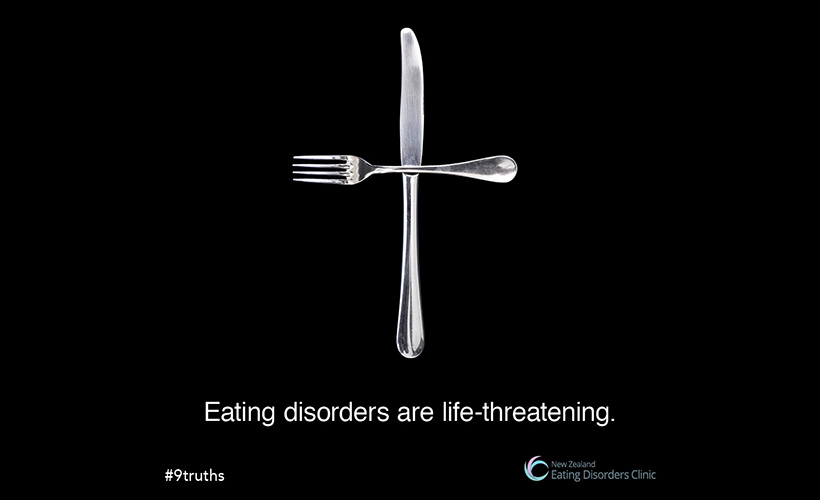
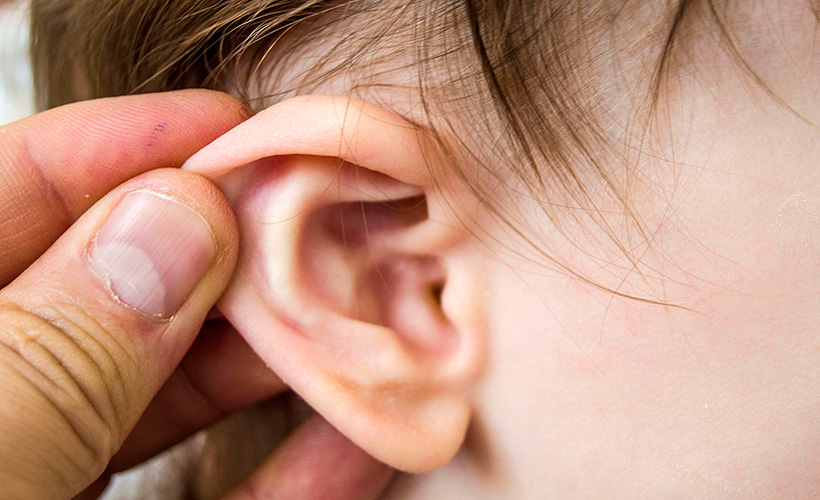


Community